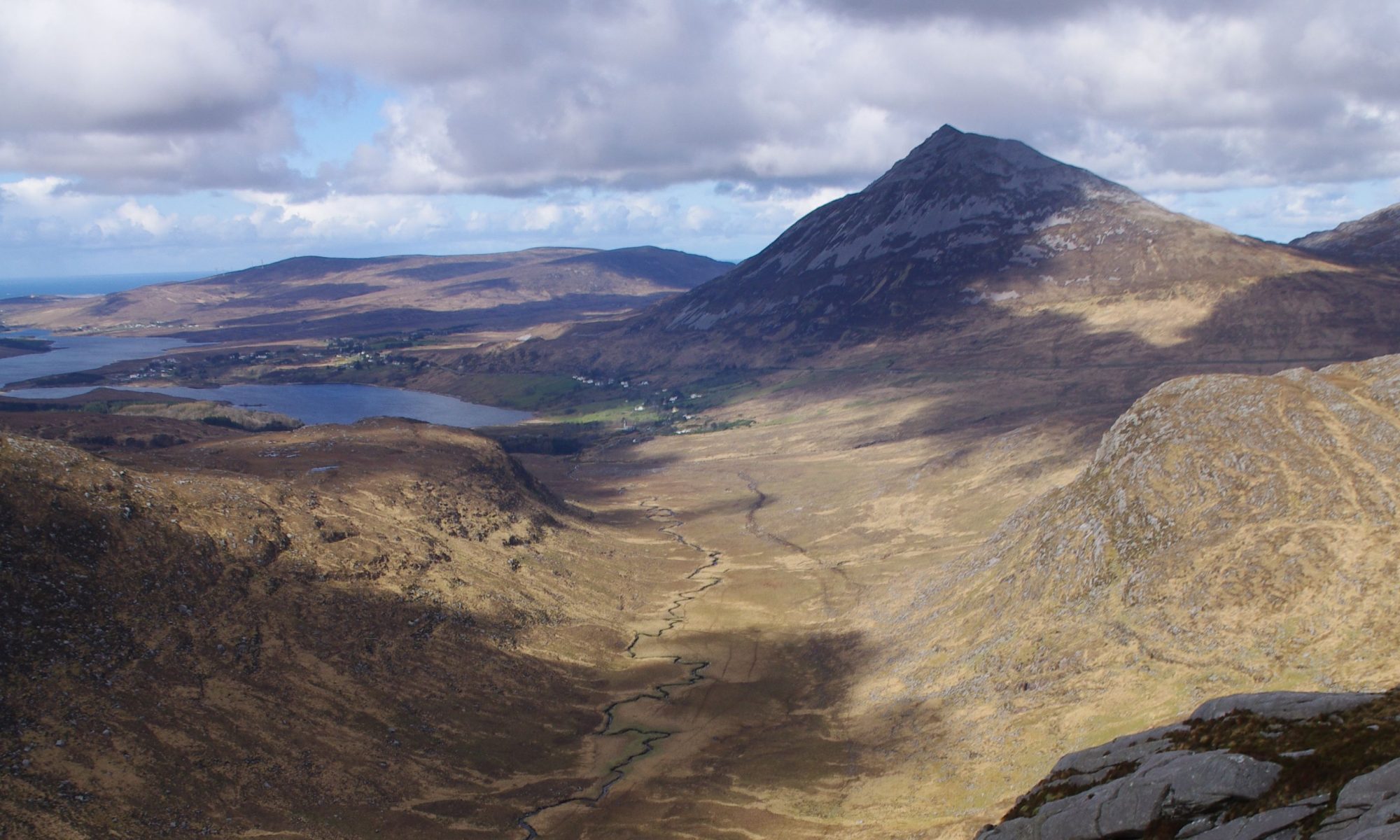The Insulating Layers
The traditional material for body insulation is wool. Woollen shirts, trousers, socks, sweaters. mittens and hats are all commonly available and make excellent mountain clothing. These are all rivalled now however by garments made from modern artificial fabrics such as fibre-pile, polypropylene and polyester fibres, In general these materials are lighter and dry more quickly than wool. When planning what to wear, follow these guidelines:
Several thin layers trap more air and are therefore warmer than one thick layer. They also provide the versatility to cope with a large range of temperatures.
Allow for full body cover: bare skin (especially hands and head) cause the body to lose heat very rapidly.
Woollen hats need to be large enough to pull down around the ears and neck.
Mittens are warmer than gloves.
Jeans are too tight for walking any distance uphill and in common with other cotton products retain little or no warmth when wet.
Clothing should be snug, not tight or loose.
Vests, long-johns. scarves and lightweight padded ski jackets and trousers can all provide extra warmth on winter days,
In addition to what you intend to wear always carry an extra jumper and perhaps a pair of long-johns for emergencies.
To sweat or shiver unnecessarily is to lose valuable energy. Make sure you stop to adjust your clothing if ever you feel too hot or too cold.
The Protective Layer
No matter how much thought has been put into your insulating layers they will not keep you warm if exposed to wind or rain. In our cold. wet and windy climate, a waterproof and windproof anorak and overtrousers are our most important pieces of equipment.
Literally dozens of materials and designs are available. but your money is probably best spent at first buying something simple. hard-wearing and waterproof. Anoraks
made of materials which ‘breathe’ as well as being fully waterproof are excellent but expensive too. ‘Breathability’ is worth it if you can afford it but is by no means
essential. Fabrics which ‘breathe’ allow water vapour to evaporate instead of condensing on the inside of the waterproof shell. which wets clothing and increased heat loss.
Anoraks should be large enough to be put on over lots of warm clothes and long enough to easily cover the hips. An ample hood. map pocket and long sleeves which are draught-proof at the wrists are probably the most important features to look for
Before buying overtrousers, check that there is enough room to lift your knees up high and that you can get them on over your boots: knee length zips are a help for this.
FOOD AND DRINK
Have It hearty breakfast before you set out and take something rich in carbohydrates for lunch -sandwiches, biscuits, jam, chocolate, nuts. raisins, cake etc. Eating between meals may be discouraged al home but it is commendable on the hill. gradually replacing a little of the energy you are expending. Another good habit is to carry some emergency food which like your first aid kit lives in your rucksack bul is rarely needed. This should contain chocolate, sweets, glucose labels. dried fruit or anything which will provide quick energy and comfort if things go wrong.
The same morale boost can be provided by a hot drink from a thermos; Very sweet tea, coffee, soup or orange juice.
In hot weather take plenty of liquid to combat dehydration. drinking little but often. Paradoxically on the days when you are most thirsty the water level in streams and lakes is low -a time when it is not advisable to drink from them.
RUCKSACKS, PACKING AND CARRYING
Rucksacks for hill walking come in all shapes and sizes. but almost all are adequate as long as they are approximately the right size, the straps are well adjusted and they are comfortably packed. For heavy loads (e.g. when camping) those rucksacks with a hip belt are an advantage, allowing the weight to be taken on the hips as well as the shoulders.
